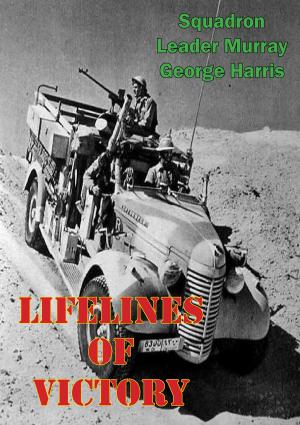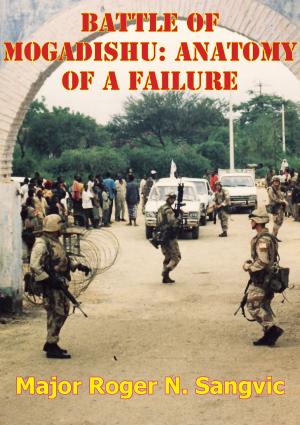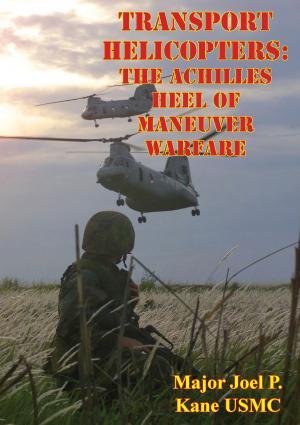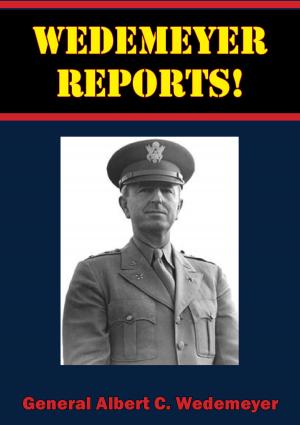Attack Helicopter Operations In Urban Terrain
Nonfiction, History, Middle East, Persian Gulf War, Military| Author: | Major Timothy A. Jones | ISBN: | 9781782895237 |
| Publisher: | Tannenberg Publishing | Publication: | August 15, 2014 |
| Imprint: | Tannenberg Publishing | Language: | English |
| Author: | Major Timothy A. Jones |
| ISBN: | 9781782895237 |
| Publisher: | Tannenberg Publishing |
| Publication: | August 15, 2014 |
| Imprint: | Tannenberg Publishing |
| Language: | English |
Today’s Army faces an environment much different from that which it prepared for in the Cold War. Massed armor battles on the plains of Europe, for which the Army was trained and equipped, have become much less likely while involvement in smaller and more limited conflict has become more probable. Future conflict is more likely to resemble Grenada, Panama, or Somalia than Desert Storm. As world demographics shift from rural to urban areas, the cities will increasingly become areas of potential conflict. They cannot be avoided as a likely battlefield, and have already played a prominent part in Army combat operations in the last decade.
If the Army is to keep pace in this changing environment it must look to the cities when developing doctrine, technology, and force structure. The close battlefield of Mogadishu or Panama City is much different from the premier training areas of the National Training Center or Hohenfels. Yet aviators have been presented the dilemma of training for the latter environment and being deployed to the former. For most aviators facing urban combat, it is a matter of learning as they fight. To avoid the high casualties and collateral damage likely in an urban fight against a determined opponent, however. Army aviation must train and prepare before they fight.
Attack helicopters are inextricably woven into the fabric of combined arms operations. But for the Army to operate effectively as a combined arms team in an urban environment, both aviators and the ground units they support must understand the capabilities and limitations attack helicopters bring to the battle. This paper presents an historical perspective of how attack helicopters have already been used in this environment. It also discusses the factors that make city fighting unique, and the advantages and disadvantages for attack helicopter employment in an urban environment, as well as implications for future urban conflicts.
Today’s Army faces an environment much different from that which it prepared for in the Cold War. Massed armor battles on the plains of Europe, for which the Army was trained and equipped, have become much less likely while involvement in smaller and more limited conflict has become more probable. Future conflict is more likely to resemble Grenada, Panama, or Somalia than Desert Storm. As world demographics shift from rural to urban areas, the cities will increasingly become areas of potential conflict. They cannot be avoided as a likely battlefield, and have already played a prominent part in Army combat operations in the last decade.
If the Army is to keep pace in this changing environment it must look to the cities when developing doctrine, technology, and force structure. The close battlefield of Mogadishu or Panama City is much different from the premier training areas of the National Training Center or Hohenfels. Yet aviators have been presented the dilemma of training for the latter environment and being deployed to the former. For most aviators facing urban combat, it is a matter of learning as they fight. To avoid the high casualties and collateral damage likely in an urban fight against a determined opponent, however. Army aviation must train and prepare before they fight.
Attack helicopters are inextricably woven into the fabric of combined arms operations. But for the Army to operate effectively as a combined arms team in an urban environment, both aviators and the ground units they support must understand the capabilities and limitations attack helicopters bring to the battle. This paper presents an historical perspective of how attack helicopters have already been used in this environment. It also discusses the factors that make city fighting unique, and the advantages and disadvantages for attack helicopter employment in an urban environment, as well as implications for future urban conflicts.










![Cover of the book Last Flight From Singapore [Illustrated Edition] by Major Timothy A. Jones](https://www.kuoky.com/images/2015/november/300x300/9781786257505-nFT2_300x.jpg)




